What’s the Buzz
The Bee Healthy Blog
Safe Storage and Disposal of Meds
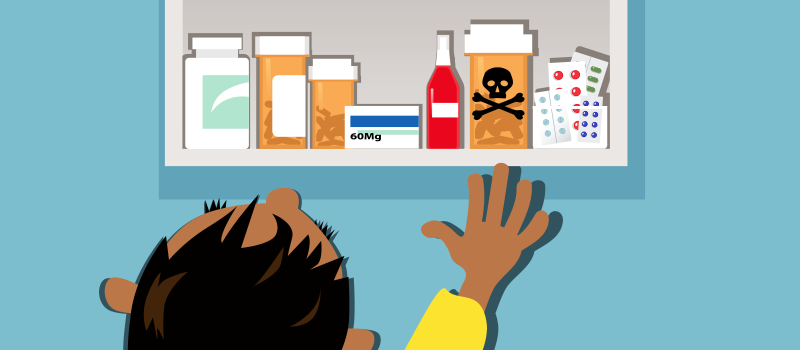
You can avoid a lot of headache and heartache by storing and disposing of your medications safely and properly. Storing meds incorrectly can cause them to lose potency, work less effectively, and may even lead to adverse effects. If you're not sure how a medication should be stored, check the paperwork that came from the pharmacy, or call them and ask.
Read the Labels
Make sure to read the labels on your medication. Not only does the label explain how to properly take the medication and the dosage, but also includes safe storage of the medication. This is not just a suggestion.
- Store in refrigerator means it should be stored at 36-46˚F or 2-8˚C.
- Store at room temperature means it should be stored at 68-77˚F or 20-25˚C.
- Store in a cool place means it is best stored in a refrigerator, unless the label says otherwise.
Keep Out of Reach of Children
Medications, both for children and adults, should be kept out of the reach of children. Children's medications often taste sweet and flavored like candy, while adult medications look a lot like candy. Most people simply put their medications all in one place, in the bathroom cabinet. There are a few things wrong with this plan. First, the bathroom is often hot and moist—two things that are bad for medications. Second, a standard medicine cabinet does not lock and is accessible by children and guests who may visit the home.
Every medication should be kept out of the reach of children, no matter what type of medication it is. Even supplements should be locked up and monitored, because the dosage is appropriate for an adult, not a child. For example, adult supplements that have iron as an inactive ingredient can cause poisoning and serious injury, or even death in a child.
- Store all medications out of reach of children. When storing medications in the refrigerator consider a lockbox, or a childproof bag or box.
- Do not leave planner pill boxes within the reach of children. These products are helpful to adults but look fun for young children. They belong in a top cupboard, in the top of a medicine cabinet, or behind locked doors where children have no access.
Disposing of Unused Medications
Disposing of unused medicine is not always on our mind as we finish an "as needed" prescription or when an ill family member gets well, or worse, passes away. When disaster happens, disposing of the medication may not be a priority, but should be done, nonetheless. Medications that are unused will also go unnoticed when accidentally taken or stolen. The best way to dispose of medication is to take advantage of a drug take-back event hosted annually by the U.S. Drug Enforcement Agency or transfer unused medications to a DEA-authorized collector in your area.
If this is not an option in your area, and there are no specific instructions on the medication label for disposal, you can use your household trash following these simple rules:
1. Mix the medication with an unpalatable substance such as dirt, cat litter, or used coffee grounds. Do not crush tablets or capsules.
2. Place the mixture in a container or sealed bag.
3. Throw the container in your household trash.
4. Scratch out label information from bottles, and discard in the trash. Do not throw away medications inside bottles.
Following proper storage and medication disposal protocols is best for everyone’s health as well as the health of the environment. Never flush pills or put them down the drain, as they can leak into water supplies. It’s important to think of others (and even pets!) when it comes to medication safety.
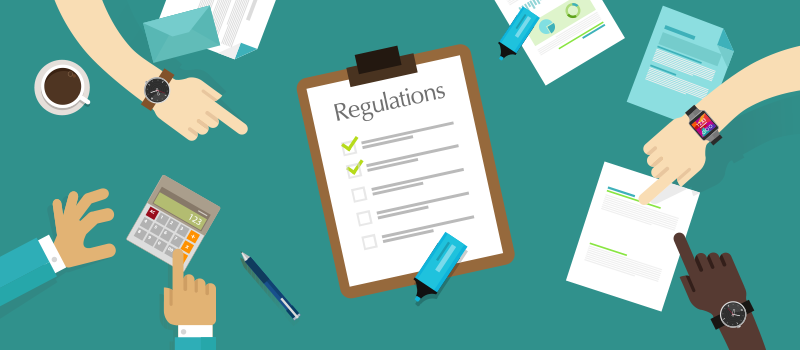
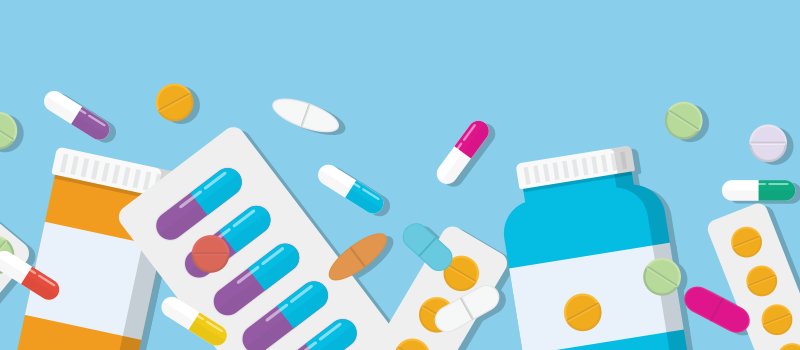
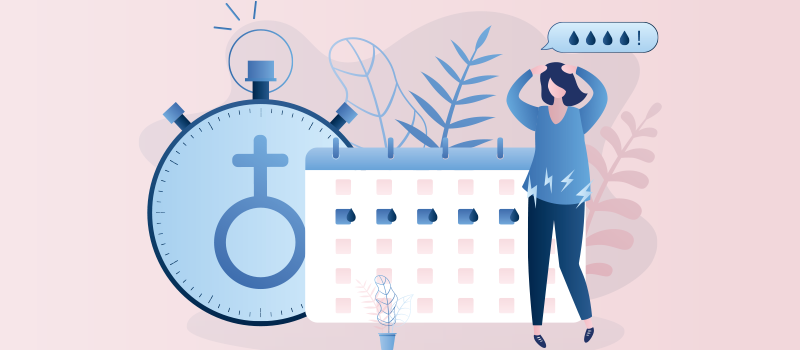




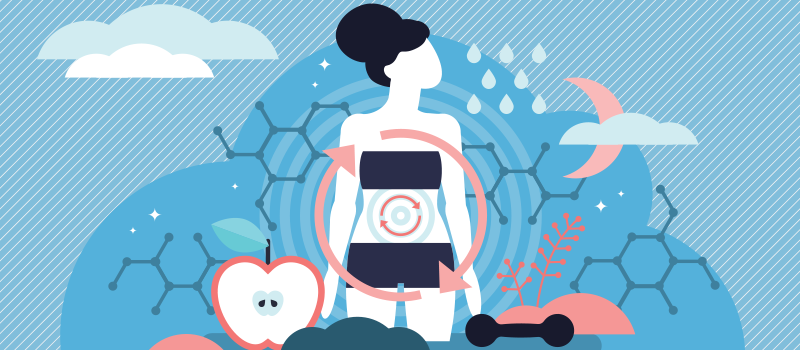



SOCIAL